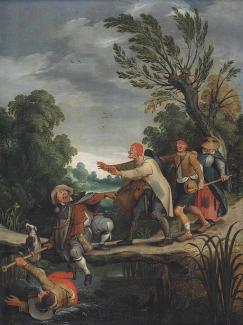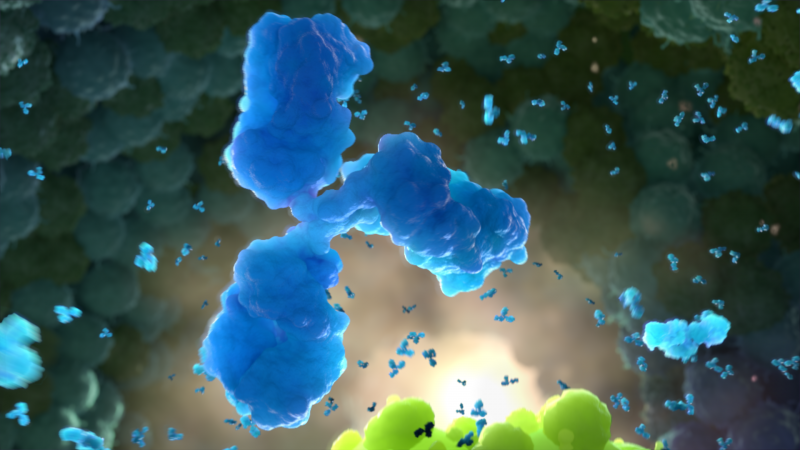Science & Society #6 – What happens when scientific evidence is pushed aside?

In 1962, the book Silent Spring, by Rachel Carson was published. The book was about the use of pesticides, particularly DDT, and the harm they were causing. The book was tremendously popular. But there was one problem – some of its assertions were wrong. The science simply did not support some of the most important claims about DDT. Despite this, the public was outraged. DDT had to go. By 1972, succumbing to public pressure, the Environmental Protection Agency (EPA) banned DDT. Because DDT killed mosquitoes, which carry diseases like malaria, the ban took away an important public health tool. While it was reasonable to ban DDT for agricultural use, the loss of the pesticide for public health was disastrous. It is estimated that about 50 million people have died from malaria since the ban took effect.1
In 1998, Andrew Wakefield published a paper suggesting that the MMR vaccine causes autism. The day after the paper was published, he also held a press conference in London to share his research. As expected, parents were very concerned. Some of them stopped vaccinating their children. But, Wakefield’s findings were not accurate. Not only that, he was found to have misrepresented some of the findings. His paper was retracted, but parents remained scared. The result was outbreaks of measles in places where measles had been contained. Throughout the world, countries are still having measles outbreaks because a critical number of parents chose not to protect their children against measles, a highly contagious virus.2
In 2016, the Paris climate agreement went into effect. The agreement represents a nearly global commitment to addressing climate change. In 2017, the U.S. withdrew from the agreement. Despite overwhelming scientific evidence of climate change, some are willing to ignore that evidence. In some cases, the dissent comes from industries that do not want to adhere to the restrictions necessary to protect the environment. In other cases, the dissent is by individuals who distrust science.3, 4
Each of these represent examples of science denialism. Science denialism occurs when people argue against, or simply choose not to believe, scientific evidence. The result can be decisions not based on science that cause harm, or have the potential to cause harm.
For Discussion
These examples show that decisions about scientifically informed topics are often made by people who are not experts. In some cases, people with ulterior motives may also actively promote misinformation about these topics. The result can be bad policies or ill-informed members of the public. How do you think these gaps between what is known and what is perceived can be addressed? And, whose responsibility is it to make sure these misperceptions do not result in bad policy- or decision-making?
Additional resources:
1To find out more about this topic, check out Chapter 6, The Mosquito Liberation Front, in Pandora’s Lab: Seven Stories of Science Gone Wrong, by Paul A. Offit, MD.
2To find out more about Dr. Wakefield’s study, visit “Vaccines and Autism,” Vaccine Education Center at Children’s Hospital of Philadelphia at https://www.chop.edu/centers-programs/vaccine-education-center/vaccines-and-other-conditions/vaccines-autism.
3To find out more about the Paris climate agreement, visit “The Paris Agreement,” United Nations Climate Change at https://unfccc.int/process-and-meetings/the-paris-agreement/the-paris-agreement.
4To find out more about the U.S. withdrawal from the Paris climate agreement, visit “Fact check: Trump’s Paris Agreement withdrawal announcement”, Climate Analytics, at https://climateanalytics.org/briefings/fact-check-trumps-paris-agreement-withdrawal-announcement/.
About the series:
The Science & Society discussion series is based on the book, Pandora’s Lab: Seven Stories of Science Gone Wrong, by Dr. Paul Offit, Director of the Vaccine Education Center at Children’s Hospital of Philadelphia. We understand that teachers are using this book in high school classrooms, so in an effort to continue providing classroom resources, we developed this series to provide short reading passages that will leave students with questions to further explore in classroom discussions or specific projects. By presenting scientific ideas representing two sides of an issue, students will have the opportunity to consider how science fits into society from political, ethical, and legal points of view.

